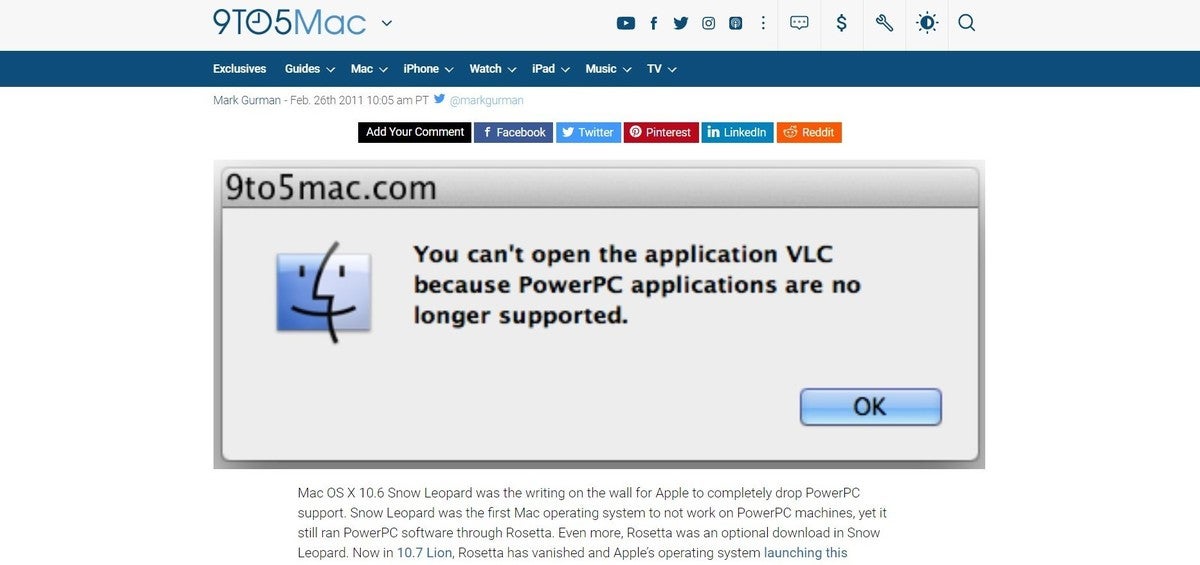
[ad_1]
Apple’s news on Monday that it will be dropping Intel’s x86 CPUs for its own ARM chips can mean only one thing to anyone who doesn’t want to be left behind: Don’t buy a Mac.
You may think this is another Internet-baiting hot take that will argue that x86 is better than ARM. Or you might think the math doesn’t add up that Apple—despite its near-infinite loop of resources and cash—can outwit AMD, Intel and Nvidia.
But there’s a practical, real reason why you shouldn’t drop $1,500 or $4,500 on a new Mac: You’ll be abandoned.
During the announcement, Tim Cook said Apple will continue to support Intel-based Macs for “years.” But as we know, that could mean two years or two hundred years.
If the past is prologue, we can look at Apple’s last big transition from PowerPC to Intel x86 chips. According to Wikipedia, the change was announced on June 6, 2005. The first Intel-based Mac was introduced in February, 2006, and the first Intel-based MacBook in April of that year. Apple announced the “transition complete” later in 2006.
The final release of OS X 10.5 with PowerPC came out in October, 2007. Two years later, when OS X 10.6 “Snow Leopard” was released in August, 2009, it did not support PowerPC Macs.
By 2011, Apple’s Rosetta, which translated code for from older PowerPC apps to run on Intel x86, was dropped as well, and Apple ended all service and support for PowerPC Macs. That all adds up to four years of OS support and six years of any support for PowerPCs, before Apple pulled the plug.
 9to5mac.com
9to5mac.comHere’s what your favorite x86-app could look like if it faced the fate PowerPC apps did once Apple turned off Rosetta.
Will you use your computer longer than five years?
As anyone who has a vintage PowerPC PowerBook knows, they essentially became useless within five years of Apple’s announcement. I don’t know about you, but I like to use a computer for more than five years because I don’t like the idea of filling up landfill. I know many people who continue to use, say, a seven-year-old MacBook Air 13, with no intention of buying a new laptop.
[ad_2]
Source link